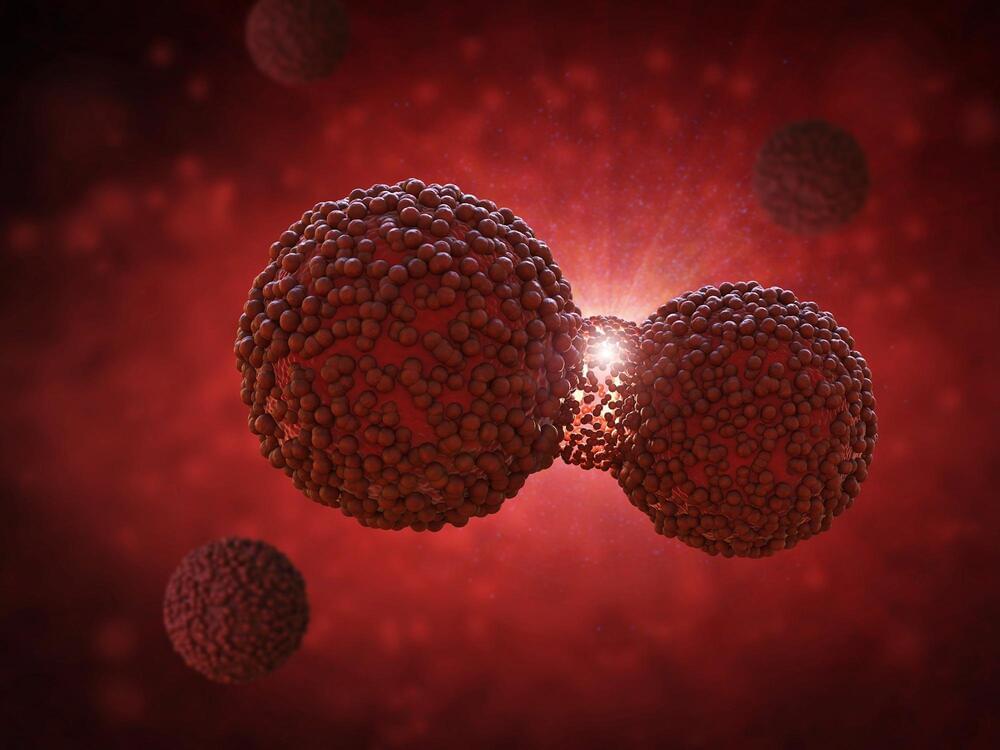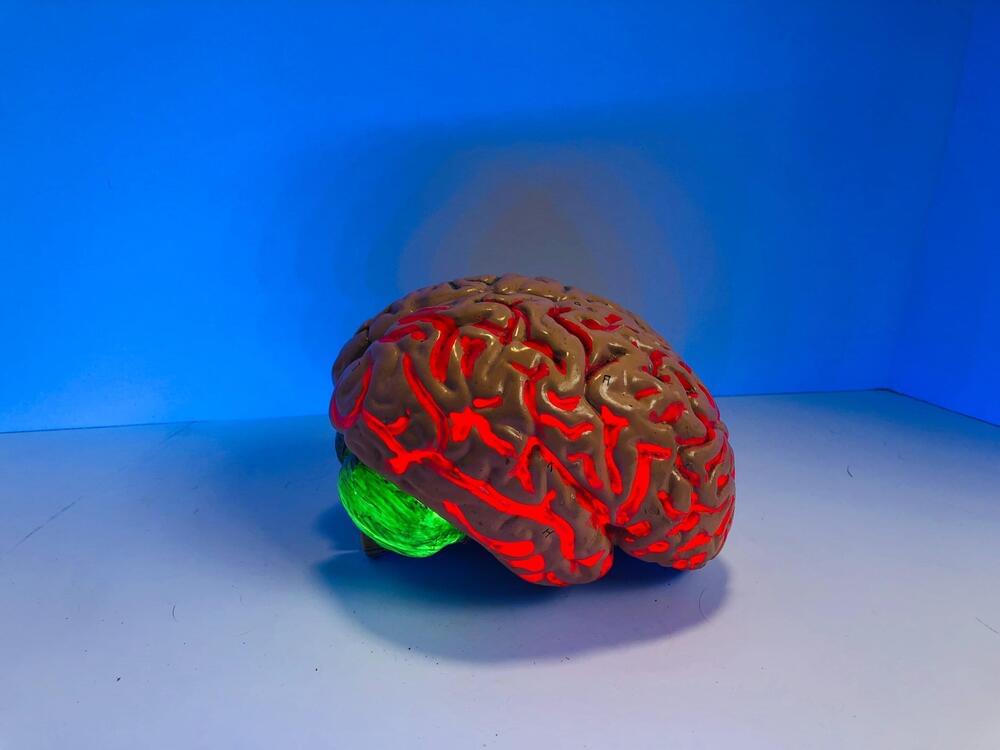A post was reported and I checked it. My business is minerals, and I had heard of the discovery before so I kept the post. Here is information from BBC to back it up.
Carmeltazite was added to the official list of known minerals this week after being approved by the International Mineralogical Association (IMA).
Taub Avi, CEO of the precious stone exploration company Shefa Yamim, said it was discovered by the company in volcanic rock in northern Israel’s Sevulun Valley.
Tanzanite is also a secondary mineral found growing inside Tsavorite. What differentiates Tsavorite from green garnet is Vanadium. I have a kitchen knife made out of vanadium. This new mineral has only been found outer space which makes the new discovery even more amazing, and bring attention to sourcing minerals from space. I may or may not have posted about such in the past.
A new mineral found in Israel has only previously been known to exist in outer space.








